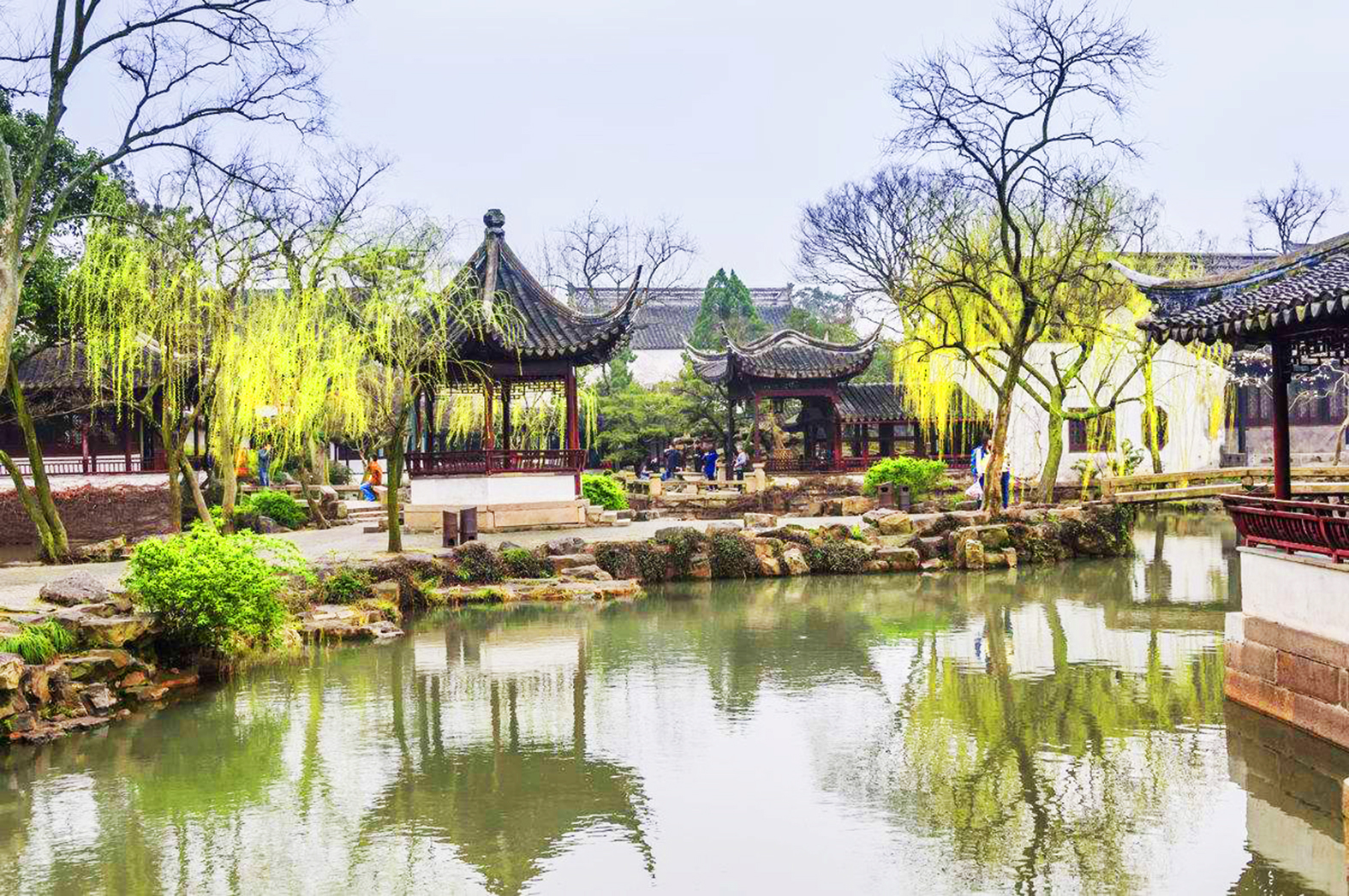The historical evolution of Wu culture

The Classical Gardens of Suzhou added to the UNESCO World Heritage List in 1997 are representative architectures of Wu culture.
According to historical records, including the Records of the Grand Historian by Sima Qian, Taibo (c.1165-1074 BCE) was the eldest brother of Ji Li, the grandfather of Ji Fa (c.1085-1041 BCE), the first emperor of the Zhou Dynasty (1046-256 BCE). In Chinese history, he is known for yielding his position to a more qualified person.
As the eldest son, he was destined to become the leader of the Zhou tribe. Noticing that both his younger brother Ji Li and Ji Chan, son of Ji Li, were more competent, Taibo exiled himself to the eastern underdeveloped area in present-day Jiangsu and Zhejiang provinces, so that the throne could be passed to his wise nephew. The local tribes supported him in becoming the king of the region, thus he became the founder of the Wu Kingdom.
The definition of Wu culture in a historical sense has raised heated debates. Scholars of various disciplines define Wu culture in different ways.
From the perspective of cultural geography, some scholars insist that cultures of the same type should share a similar language and customs. Others, however, support the idea that a culture could have specific features in different periods of time. They define Wu culture as one created by the people of the Wu Kingdom established by Taibo in about 12th century BCE and destroyed in 473 BCE during the reign of Fuchai.
The culture after the collapse of the Wu Kingdom, including the Wu languages, customs and value systems, should be identified as the culture of the Wu region, according to the arguments of these scholars.
During its historical development, Wu culture integrated with other cultures without changing its core cultural values. Most scholars have accepted Wu culture in its broad sense but have different understandings about the geographic domain, cultural forms and core values of this culture.
Geographically speaking, I would define the core areas influenced by Wu culture as covering the cities of Suzhou, Wuxi and Changzhou in East China’s Jiangsu Province, which are the areas surrounding the Taihu Lake bordering Zhejiang Province. The culture in this region is Wu culture in the narrow sense. In the broader sense, it refers to all cultures in the region ruled and influenced by the ancient Wu Kingdom.
Most scholars agree that the Wu culture is a composite of the cultures of Central China and the indigenous culture of Ganyue. Wu culture sprouted in the early Zhou Dynasty and blossomed in the Spring and Autumn Period when the prominent political and cultural elites, including Ji Zha and Yan Yan were active. The culture in the Wu region was not interrupted despite the collapse of the Wu Kingdom.
A large number of northern Chinese migrated to the southern part of China in events such as the Chaos in the Yongjia Age (AD 311) in the Western Jin Dynasty (266-316), the Rebellion of An Lushan and Shi Siming in the middle Tang Dynasty as well the Rebellion of Huang Chao in the late Tang Dynasty.
The massive attacks from the northern nomadic minority tribes and the resultant forced migrations brought a large amount of labor as well as other cultures to Wu region, contributing to the shifting of China’s economic center from the North to the South. In the years after the Tang and Song dynasties (618-1279), the Wu region became rich and developed, and the Wu culture became prosperous.
Hu Fagui is the director of the Institute of Philosophy and Culture at the Jiangsu Academy of Social Sciences.

 PRINT
PRINT CLOSE
CLOSE